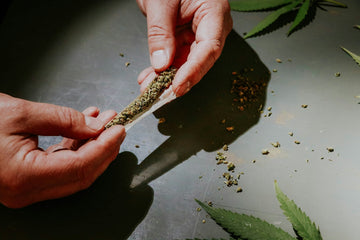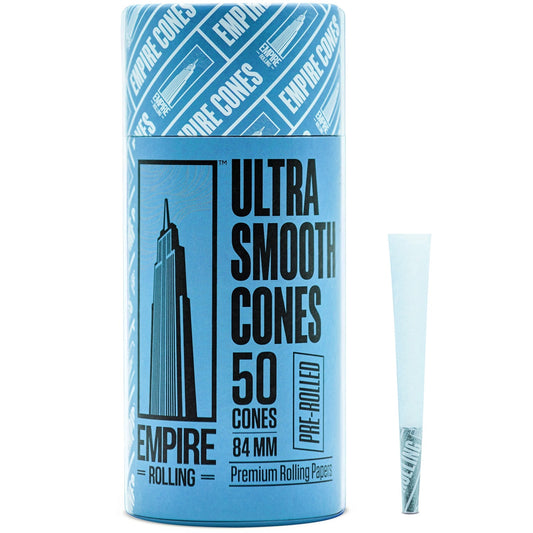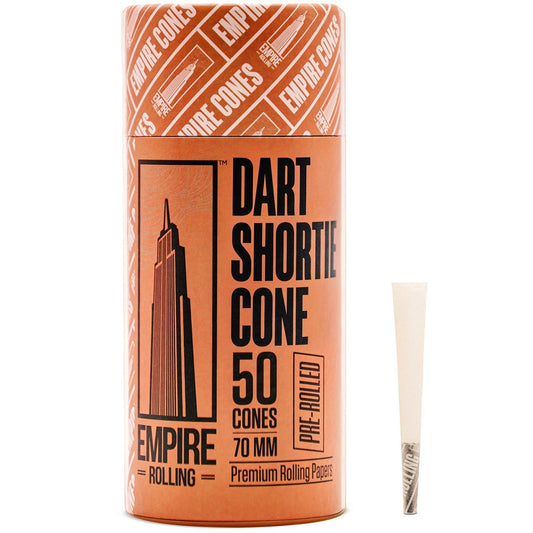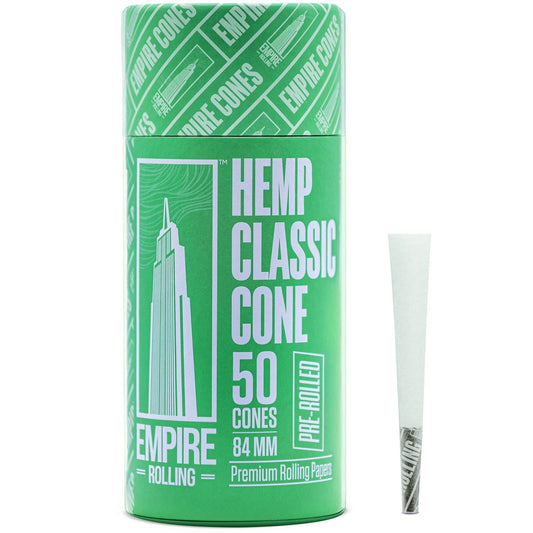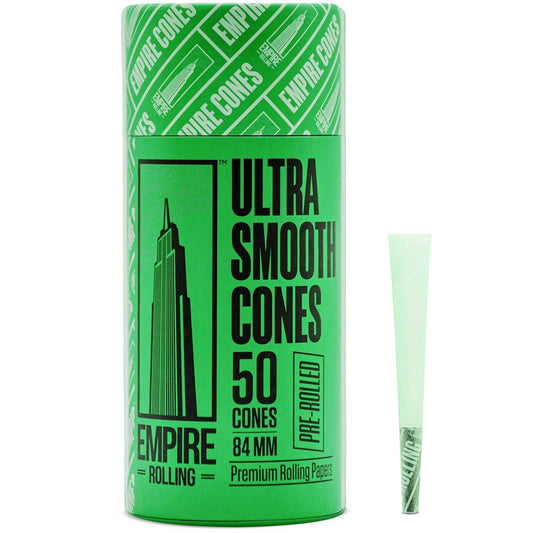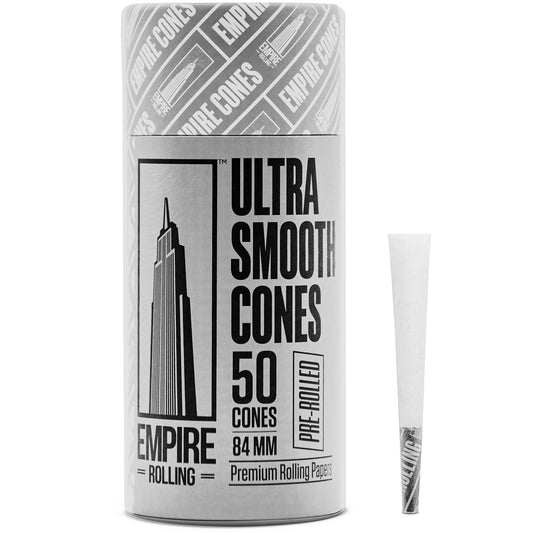Growing Marijuana Upside Down: A Novel Approach
Growing Marijuana Upside Down: A Novel Approach
Growing marijuana upside down may sound unconventional, but it's a unique and innovative technique that some cultivators have experimented with to maximize space, light exposure, and overall plant health.
In this blog post, we'll explore the concept of growing marijuana upside down, its potential benefits and challenges, and how you can give it a try if you're looking for a creative way to cultivate your cannabis plants.
Growing Marijuana Upside Down
What Is Upside-Down Cannabis Growing?
Upside-down cannabis growing, also known as inverted or vertical cannabis growing, is a method that involves suspending cannabis plants upside down from the ceiling or a structure.
Instead of the traditional horizontal growth orientation, where plants grow upwards from soil or containers, they are hung with their roots facing upwards and their foliage hanging down.
Benefits of Growing Marijuana Upside Down
Maximized Use of Space: Upside-down cannabis growing can be an excellent option for individuals with limited space. By suspending the plants vertically, you make efficient use of available room, especially in small grow spaces or indoor setups.
Improved Light Distribution: With the foliage hanging down, all parts of the plant receive more even light exposure, potentially leading to more uniform growth and better bud development.
Reduced Pest and Disease Risk: Suspended plants are less prone to soil-borne pests and diseases. This can lead to a healthier and cleaner growing environment.
Better Air Circulation: Inverted plants often have improved air circulation around the foliage, reducing the risk of mold and mildew development.
Easier Access for Maintenance: Hanging plants make it easier to access and tend to the plants. Pruning, training, and harvesting can be more convenient in this orientation.
Challenges of Growing Marijuana Upside Down
While growing marijuana upside down has its advantages, it also presents some unique challenges that cultivators should be aware of:
Watering and Nutrient Management: Providing water and nutrients to inverted plants can be more complex. Dripping or feeding systems are often required to ensure proper hydration and nutrition.
Support and Structure: Ensuring that the plants are securely suspended is critical. You'll need a robust support structure to hold the weight of the plants and their containers.
Root Health: The root systems of inverted plants are exposed to more light, which can lead to algae growth and potential root issues. Regular root system inspections are essential.
Training and Pruning: Inverted plants may require more training and pruning to manage their growth, prevent overcrowding, and optimize light exposure.
How to Grow Marijuana Upside Down
If you're interested in trying out upside-down cannabis growing, here are some basic steps to get you started:
Select Suitable Containers: Choose containers that are suitable for hanging, such as net pots or fabric pots with holes for suspending. Ensure they have good drainage.
Secure Support Structure: Install a sturdy support structure or trellis system from which you can hang the containers. Ensure it is strong enough to hold the weight of the plants and wet soil.
Prepare Growing Medium: Fill the containers with a well-draining growing medium, such as a high-quality potting mix or a custom cannabis soil blend.
Plant Cannabis Seeds or Clones: Plant your cannabis seeds or clones in the containers as you would in a traditional setup, ensuring proper spacing.
Hang Containers: Securely hang the containers from the support structure with strong hangers or ropes. Ensure they are level and stable.
Water and Nutrient Management: Set up a drip irrigation or feeding system to provide water and nutrients to the inverted plants. Monitor moisture levels and nutrient concentrations regularly.
Training and Pruning: As the plants grow, use techniques like low-stress training (LST) or topping to manage their shape and optimize light exposure.
Regular Inspections: Periodically inspect the root systems for signs of algae growth or other issues. Make adjustments as needed to maintain healthy roots.
Harvesting: When it's time to harvest, carefully cut down the plants and remove the containers for easier access to the buds.
Conclusion
Growing marijuana upside down is a creative and space-efficient approach to cannabis cultivation that can yield excellent results with proper planning and care.
While it presents some challenges, it also offers unique advantages, including improved space utilization, light distribution, and pest control.
If you're an adventurous cannabis grower looking to try something new, consider experimenting with upside-down cannabis growing and see how it works for you in your unique growing environment.





